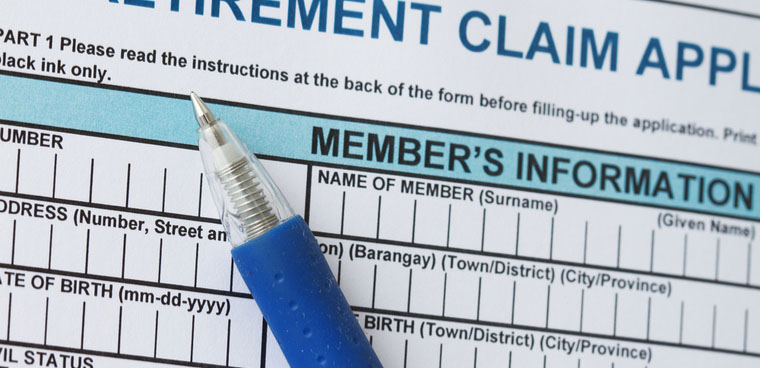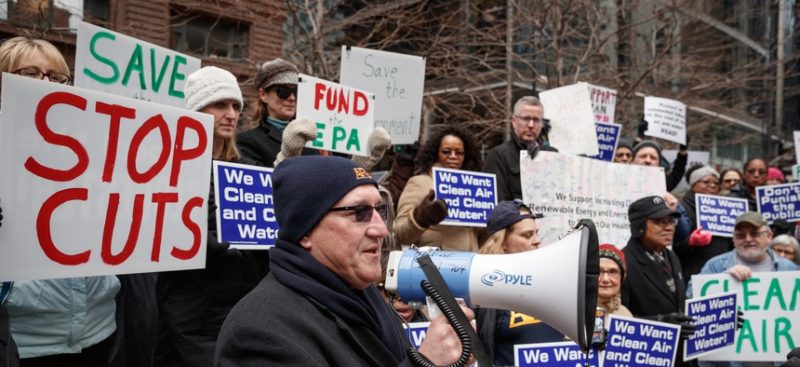
A Washington, D.C., area lawmaker last week filed legislation that would standardize the annual increase in annuity payments that retired federal employees receive across retirement systems.
The Equal COLA Act (H.R. 304), introduced by Rep. Gerry Connolly, D-Va., would ensure that federal retirees in the Federal Employee Retirement System and the Civil Service Retirement System both receive the same annual percentage cost of living increase each year.
Under the current rules, which date back to 1986, the CSRS methodology for calculating cost of living adjustments is tied to the annual change in the third quarter consumer price index for workers. But FERS COLAs are based on an extrapolation from the CSRS adjustment: if the CSRS sees an increase of under 2%, FERS retirees will receive the full COLA. If the adjustment is between 2% and 3%, FERS enrollees would only receive a 2% increase. And if the CSRS COLA is 3% or more, FERS retirees would receive that adjustment, minus 1 percentage point.
Connolly’s bill, which he last introduced in 2018, would tie both systems’ annual increase directly to the CPI-W. The prospects for success seem brighter in this session of Congress, with Democrats controlling both chambers. President-elect Biden also vowed to the National Active and Retired Federal Employees Association last year that he would push for retiree cost of living adjustments to be based on the more generous consumer price index for the elderly.
Elsewhere on Capitol Hill, a bipartisan pair of House lawmakers have introduced a bill that would double the cash bonus available to federal employees who identify wasteful spending at their agencies.
The Bonuses for Cost-Cutters Act of 2021 (H.R. 103), introduced by Reps. Chuck Fleischmann, R-Tenn., and Jim Cooper, D-Tenn., would increase the maximum reward for feds who successfully identify wasteful spending to 1% of the amount saved, up to $20,000.
Under the bill, agency heads would be able to grant the cash bonus to federal workers if the agency chief financial officer or other designated official determines the spending is unnecessary. Employees of offices of the inspector general and Senate-confirmed political appointees are ineligible for the benefit.
“In the private sector, employees work hard to identify ways to save their organization money and they are often rewarded for their diligence,” Fleischmann said in a statement. “It doesn’t make sense that federal agencies are encouraged to spend, spend, spend instead of being rewarded for working to save taxpayer dollars and reduce our national debt.”
If you or any coworker has any questions about his or her retirement and would like to have a Free Retirement review, please Contact Us today to schedule your personalized one on one call to get the information you are looking for.










